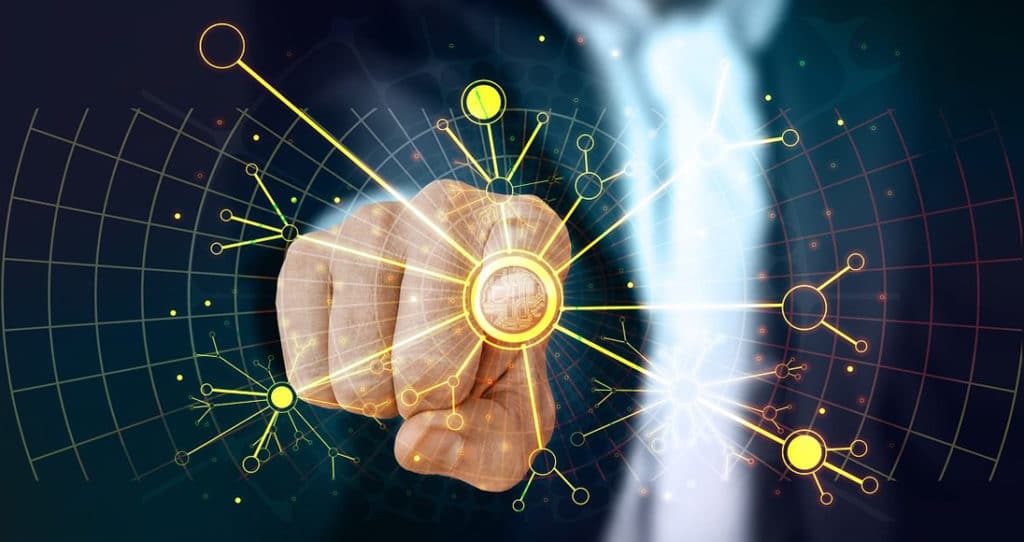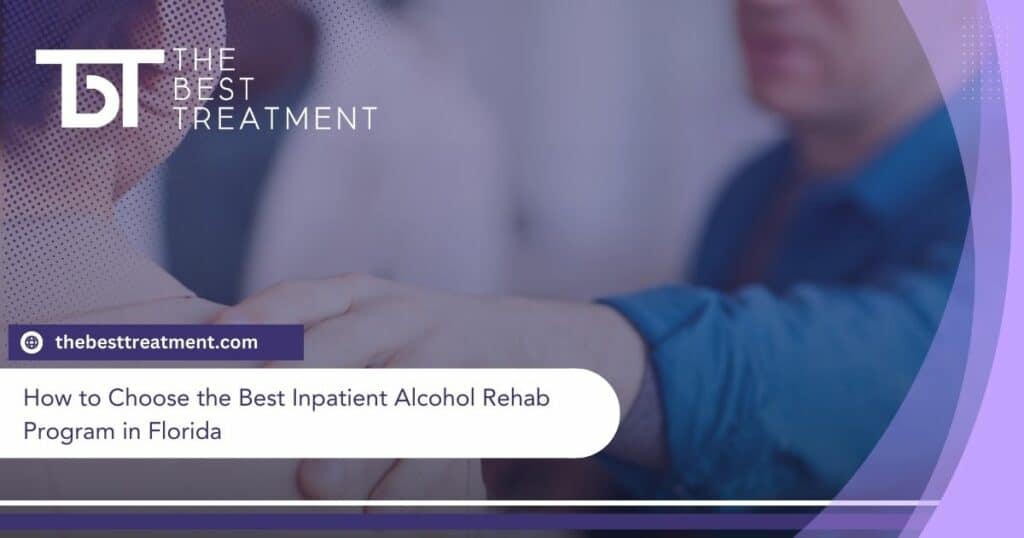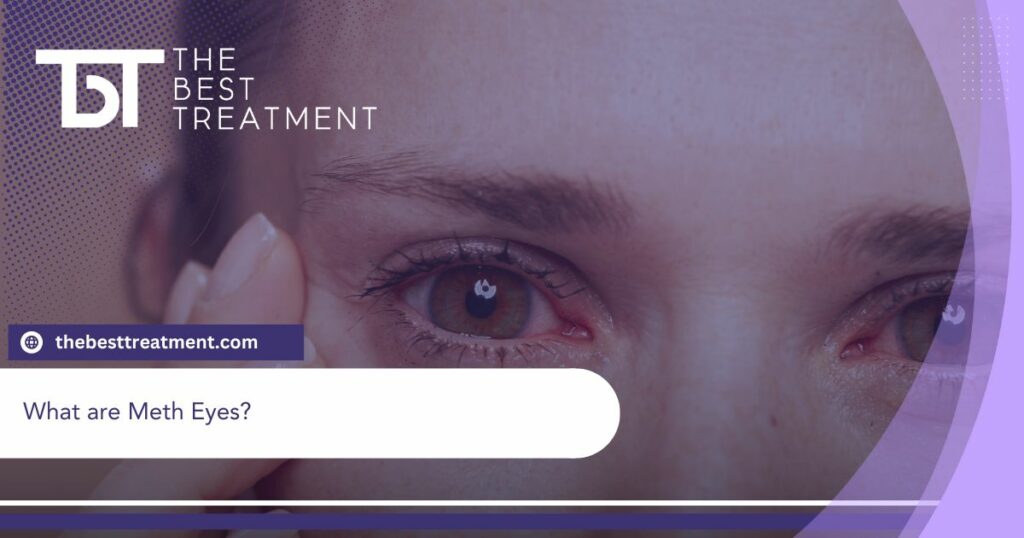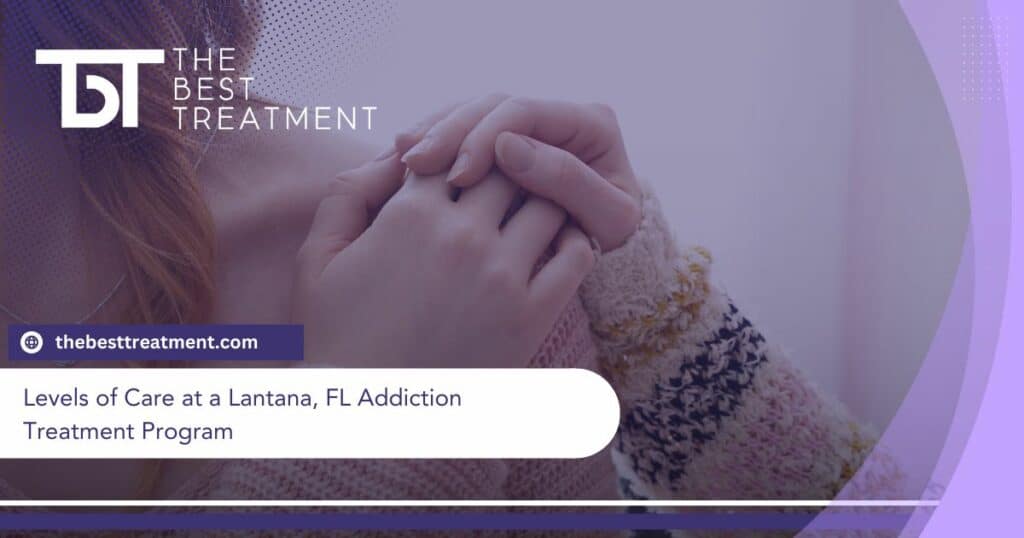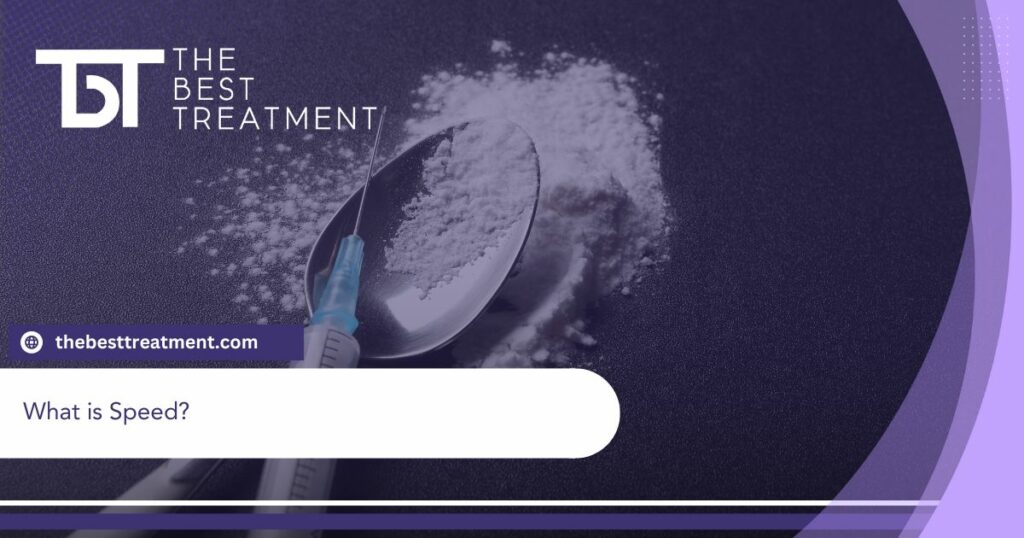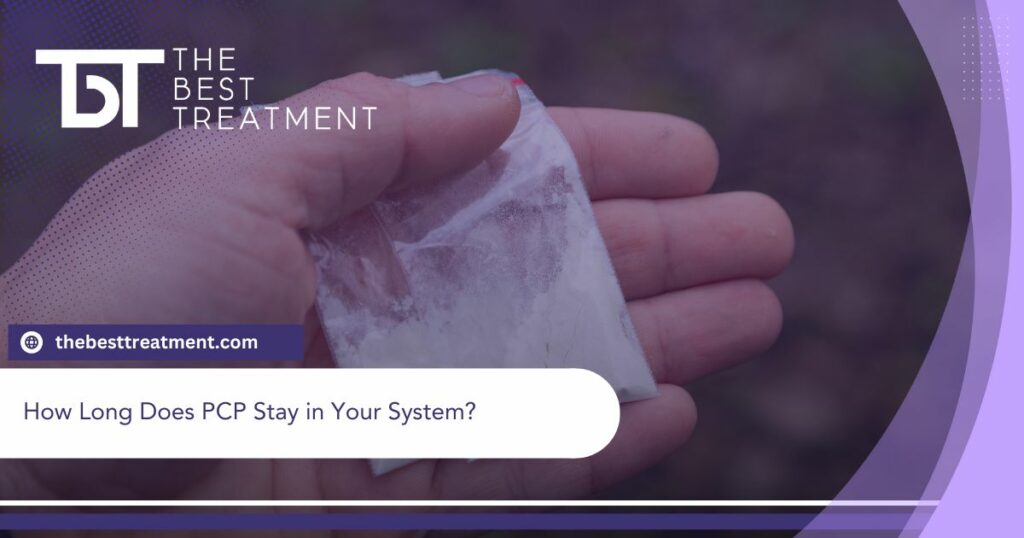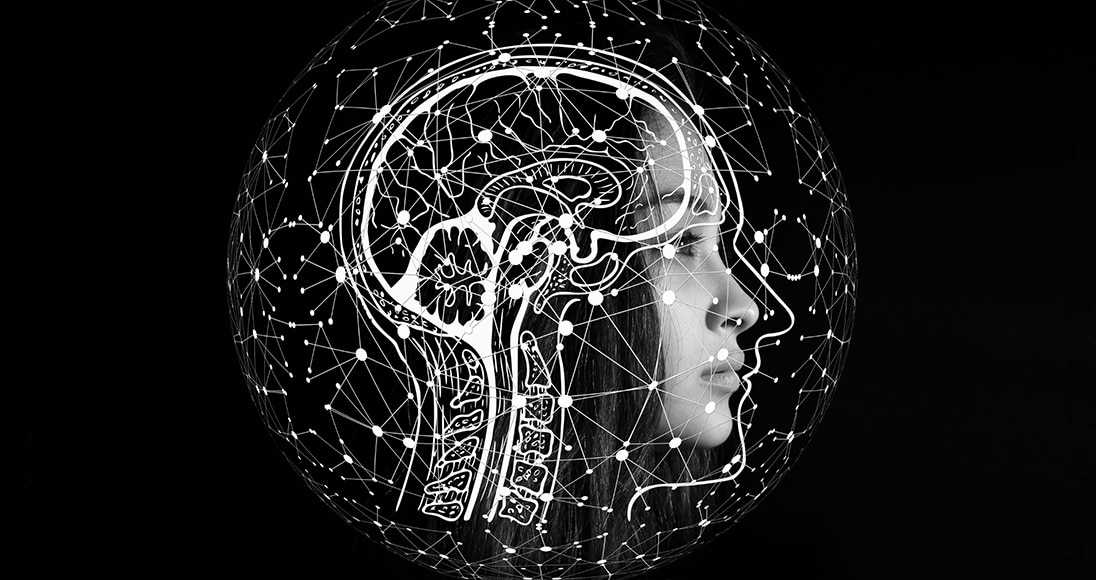Table of Contents
Opioids on the Brain
How the Brain Functions Before Heroin Rehab
Opiates are prescribed to treat pain to millions of people around the world. Common legal opiate drugs include morphine, meperidine, codeine, hydrocodone, acetaminophen, ibuprofen, oxycodone, and fentanyl. In most cases, opiates are prescribed following a surgery or procedure of some kind. While they serve a great purpose in relieving pain, opiates have been the choice of drug to abuse, leading to opioid addiction and the destruction of thousands of families, households, careers, and lives.
Opiate addiction is rising at alarmingly high rates because opiates are highly addictive drugs. When an abuser who is addicted to pain pills takes an opiate, the drug enters the brain through the bloodstream, creating a flood of artificial endorphins and dopamine — neurotransmitters responsible for feelings of reward, pleasure, and satisfaction. This creates a rush of happiness and euphoria. This high is so unlike any naturally-occurring rush of dopamine or endorphins that the only way a person can experience it again is by using the drug again.
After repeated use, however, the brain will stop creating dopamine and endorphins, limiting a person’s ability to experience these feelings again to only when they use opiates. Because of the strong and desirable feelings that flood the brain, and because he or she cannot feel pleasure naturally any longer, it is easy to crave an opiate high.
There are several steps toward developing this painkiller addiction. The first is tolerance–when a person has to use increasingly larger doses of opiates to experience the same high. Next comes physical dependence, when the body will enter withdrawal if the abuser stops taking the drug. Finally, psychological dependence, or cravings for opiates set in — the hallmark of addiction.
Many people become addicted to opiates unintentionally. For some, they begin using the drugs with a legitimate prescription in response to an accident or surgery that would have caused them pain. By the time they no longer need the drugs for their pain, however, opiates have taken hold in the brain and cause a physical dependence.
The long-term effect of the use of opioid on the brain is significant as it changes the way nerve cells work in the brain. This happens even to people who take opioids for a long time to treat pain, as prescribed by their doctor. The nerve cells grow used to having opioids around, so when they are taken away suddenly, the brain has a volatile reaction. This results in unpleasant feelings and reactions, known as withdrawal symptoms.
Heroin Rehabilitation Process
It is important to seek help and go to rehab as soon as possible before it is too late. Opiate abuse and addiction are serious problems that need to be addressed immediately. Drug overdose was the leading cause of accidental death in the United States, with over 50,000 deaths due to overdose in 2015. Furthermore, opioid addiction is driving this epidemic as nearly half of the overdose deaths are attributed to opioid use. Among all opioid use, four out of five new heroin users started out by misusing prescription painkillers.
Long Term Residential Treatment
A commonly abused drug in the United States, heroin is illegal and highly addictive. A member of the opiate family, heroin is derived from the opium poppy plant and is made from morphine. Heroin addiction is a rampant disease that claims thousands of lives every year and is only getting worse, as many people are reaching for heroin as a last resort drug to feed their prescription painkiller addiction. In the past few years, nearly 80 percent of users attributed their heroin use to prescription opioid use. Therefore, prescription opioid use is one of the risk factors for heroin use.
The opioid statistics are even more startling in adolescents:
In 2015, 276,000 adolescents were current nonmedical users of pain relievers and 122,000 of them were addicted to pain pills. In addition to pain pills, heroin use is strong in adolescents: over 21,000 adolescents used heroin in 2015 and among those, 6,000 adolescents had a heroin use disorder. Most adolescents are given pain relievers for free by a friend or relative, unaware of the dangers associated with nonmedical opioid use.
Women are in danger of abuse:
they are more likely to have chronic pain, prescribed pain relievers in higher doses, and use them for longer time periods than men.
Heroin overdose deaths among women have tripled in the last few years alone, from 0.4 to 1.2 per 100,000.
Heroin overdose is a serious disease that has swept across the country, claiming several lives each year. Since prescription opiate addiction took off and became a national crisis, overdose deaths due to heroin have skyrocketed. Because of the chemical similarity between prescription opiates and heroin, many users resort to heroin because it is cheaper and more readily available.
It is possible to overdose on heroin. Several thousands of deaths due to heroin overdose are reported each year. A large dose of heroin can drastically slow down the heart rate and shut off breathing to an extent that a user cannot be revived without medical equipment. Naloxone, or Narcan, is one of the most commonly used drugs to revive users who overdose on heroin. An opioid receptor antagonist, Naloxone successfully works to reverse an opioid overdose and eliminate all signs of intoxication. By rapidly binding to opioid receptors in the brain, naloxone does an effective job in preventing heroin from activating these receptors and causing significant damage or death. However, if too much time lapses from overdose to the time of medical treatment, it may be too late.
In the last few years, there has been a spike in the increase of overdose deaths, not just from heroin, but also from other prescription opiates. Although Naloxone has shown to be an effective drug, other companies are trying to create more options to keep up with the growing demand for opioid overdose medication. The U.S. Food and Drug Administration approved a Naloxone hand-held auto-injector in 2014 called Evzio. Family members or caregivers can use this device to help an overdosing person until medical help arrives. Evzio can be injected into the muscle or under the skin when signs of overdose are seen. The FDA is working with manufacturers to create a nasal spray formulation, too.
The Dangers of Going Without a Long-Term Heroin Rehab
The increase in use and abuse of opiates and especially heroin has resulted in thousands of deaths, destroying families, relationships and lives. The dangers of heroin use may not seem harmful, but all it takes is one strong hit to cause an overdose and possibly death.
www.drugabuse.gov/publications/drugfacts/heroin
www.drugabuse.gov/publications/research-reports/heroin/what-are-medical-complications-chronic-heroin-use
www.drugabuse.gov/publications/research-reports/heroin/what-can-be-done-for-heroin-overdose
www.healthline.com/health/home-remedies-opiate-withdrawal
https://drugaware.com.au/getting-the-facts/drug-types/heroin/
If you are addicted or know someone who is addicted, please seek help immediately, call The Best Treatment Center:
Call us: 1-888-4TBTNOWMedically Reviewed: September 25, 2019

All of the information on this page has been reviewed and verified by a certified addiction professional.



